

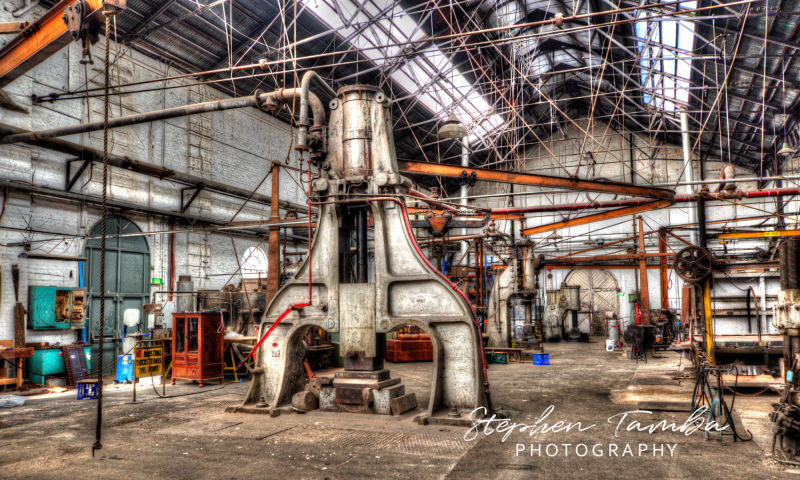
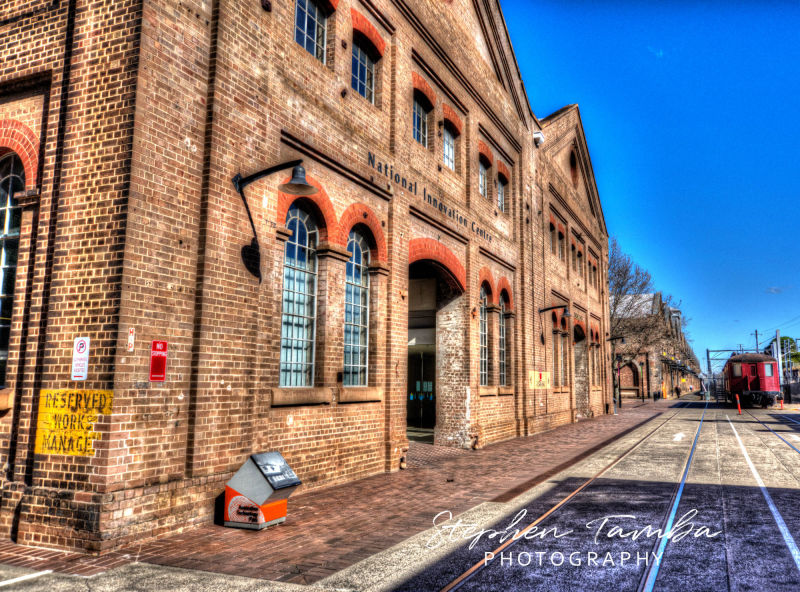
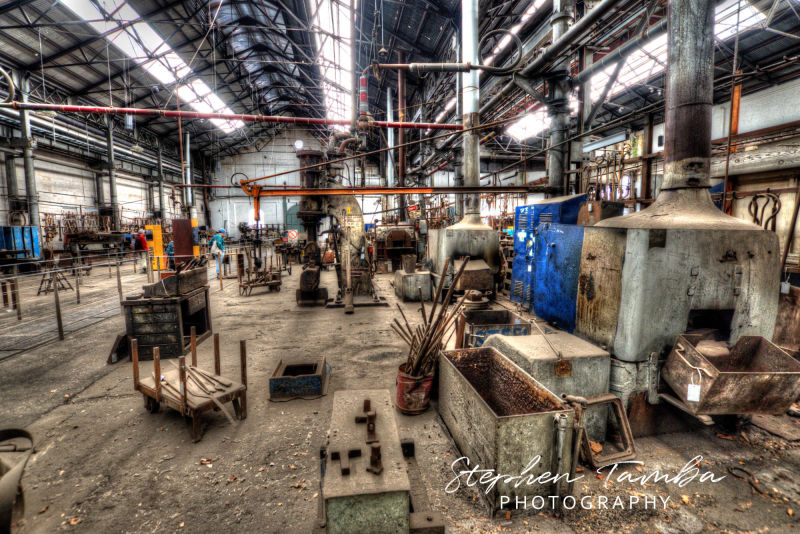

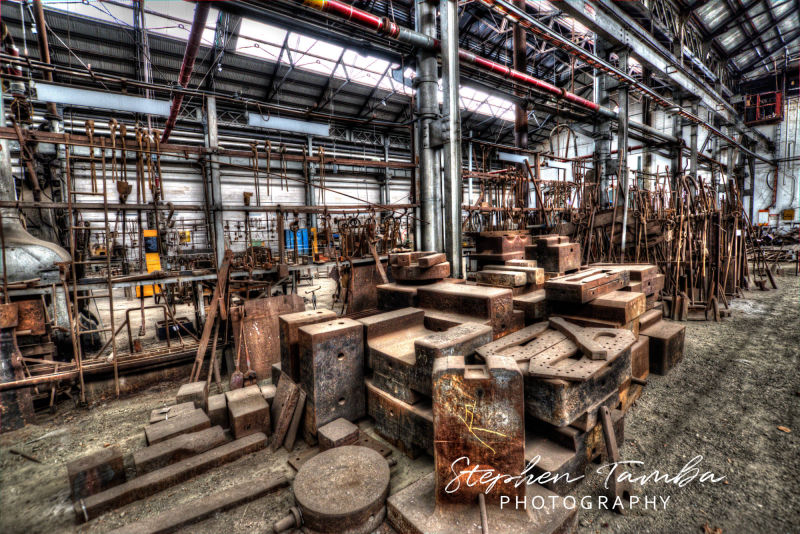

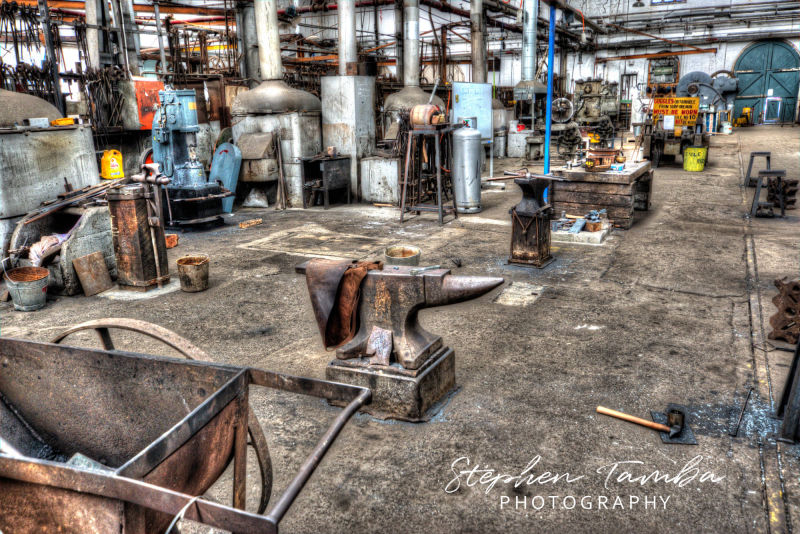

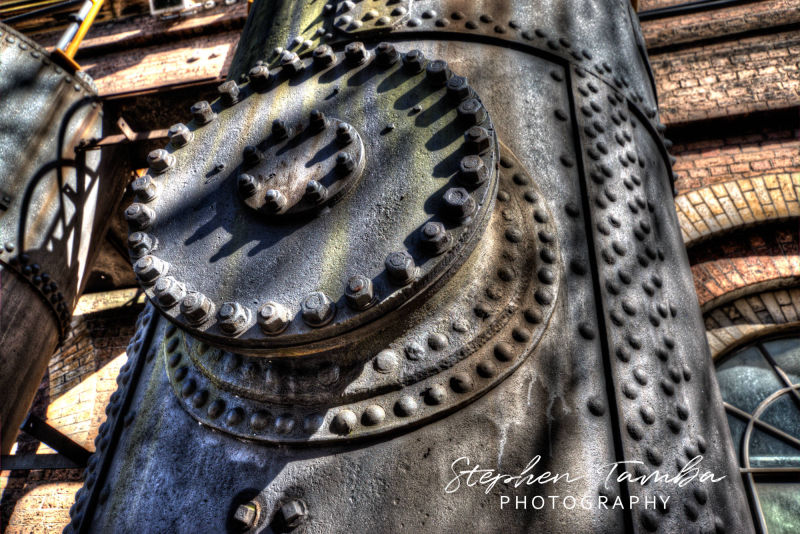
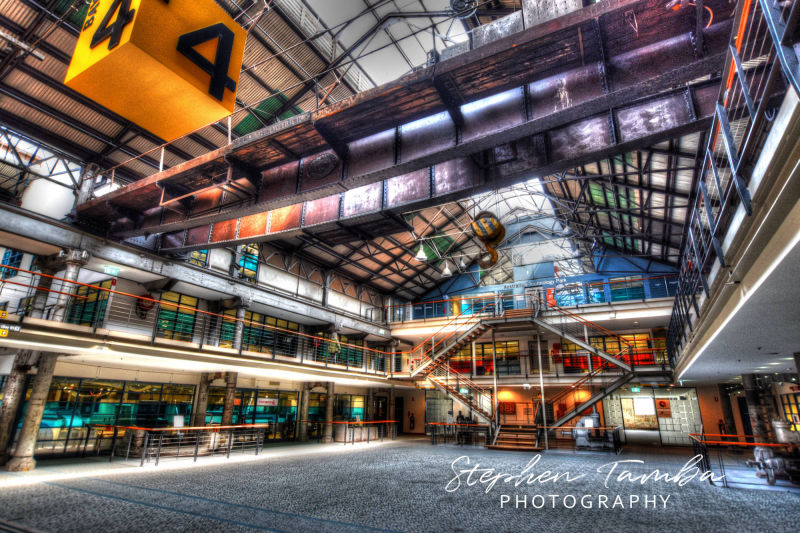
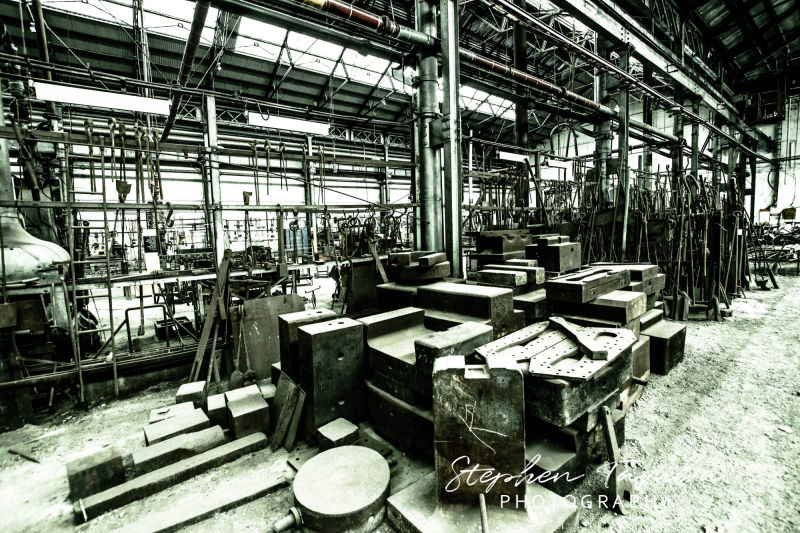
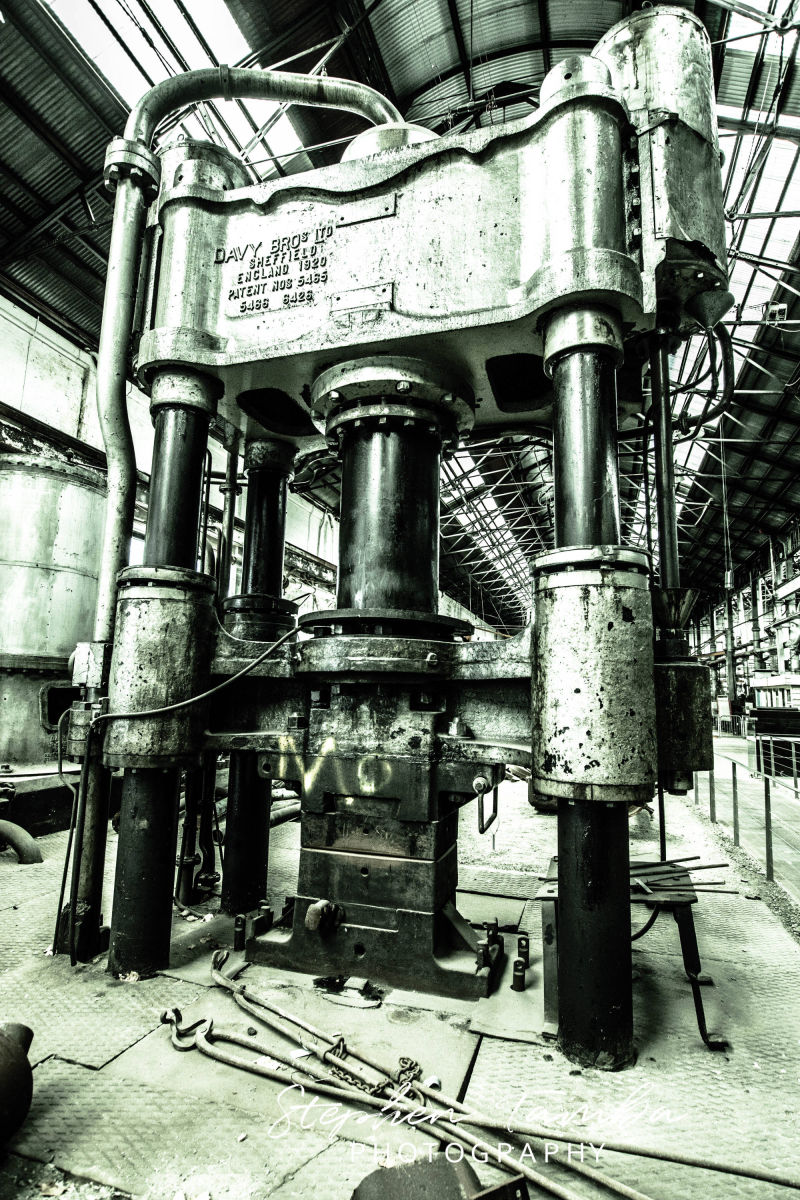



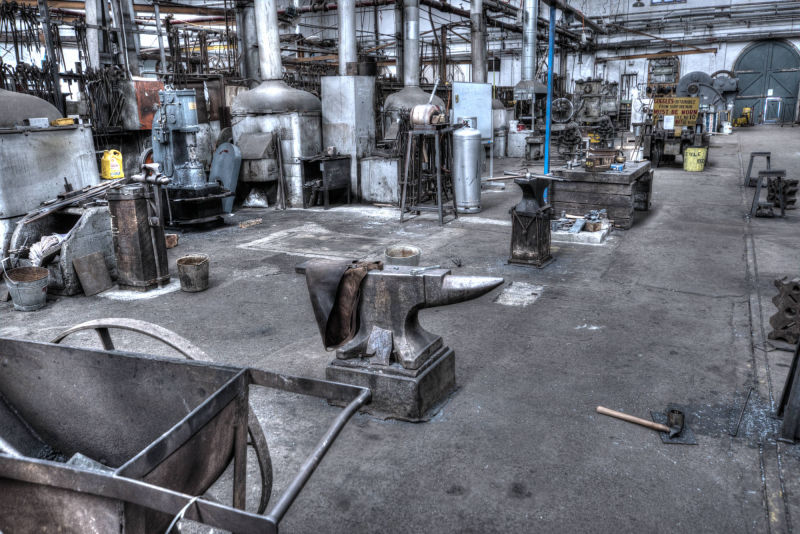
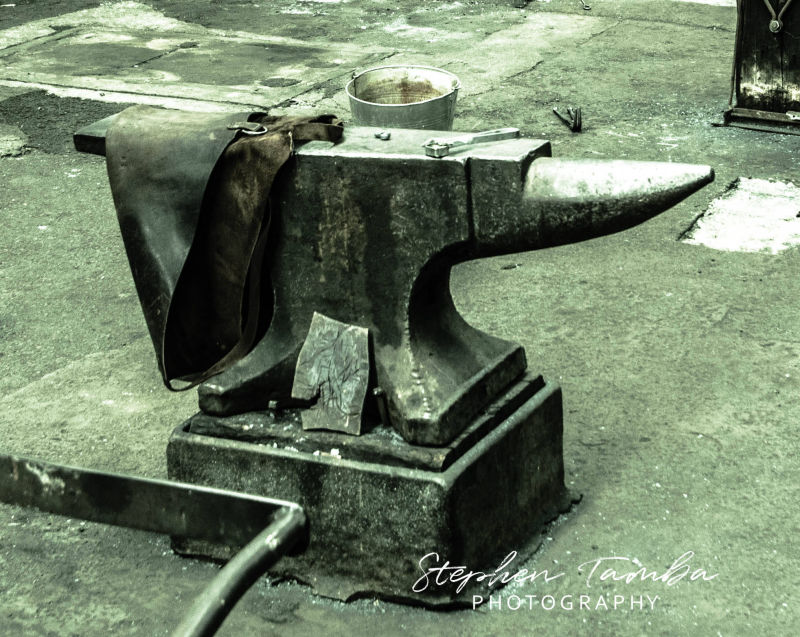
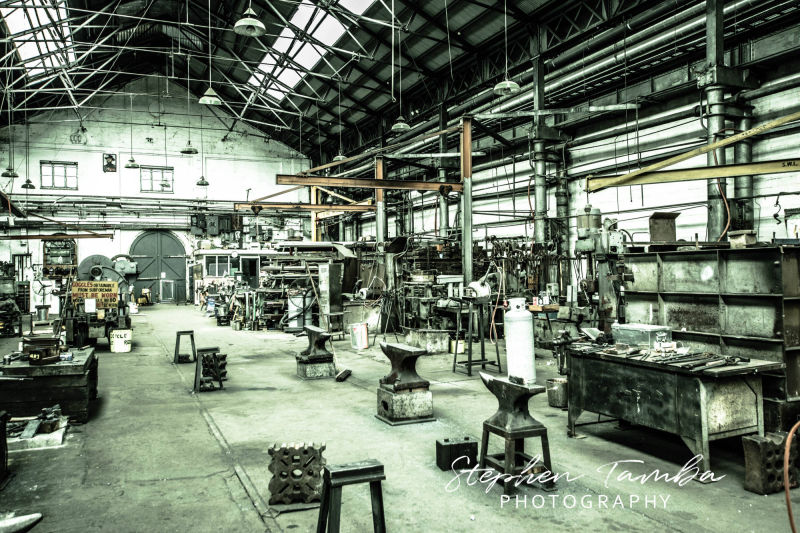
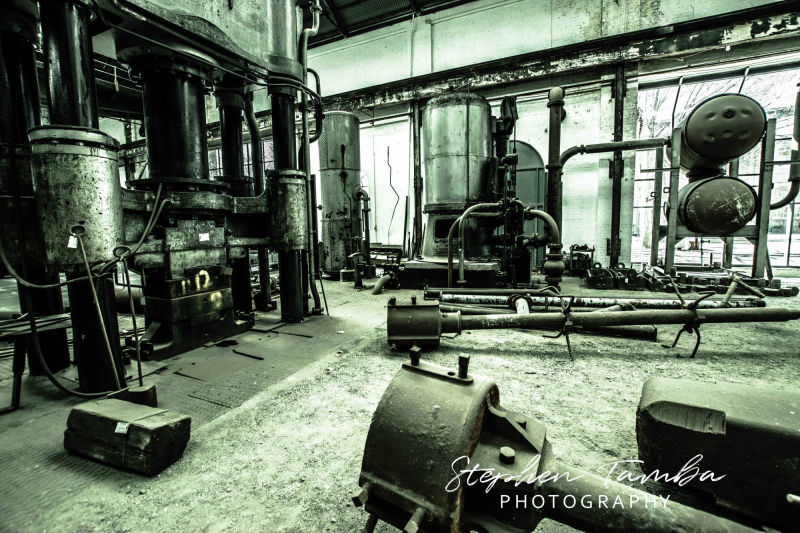
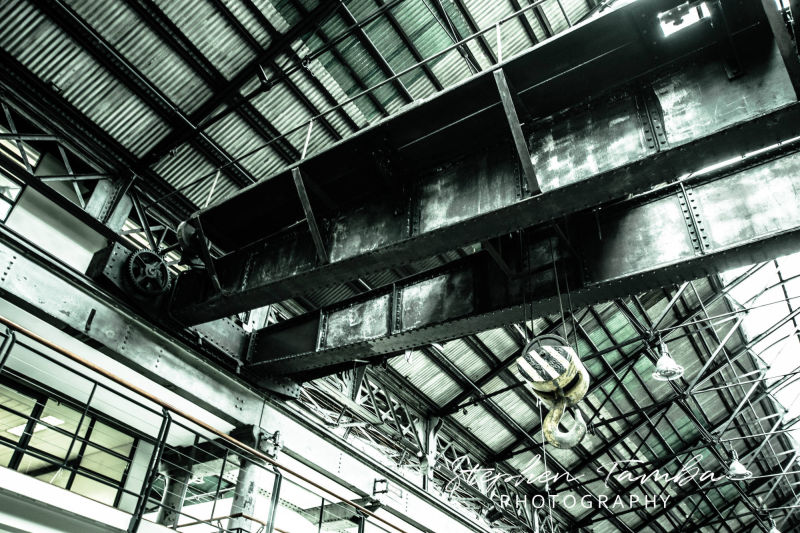
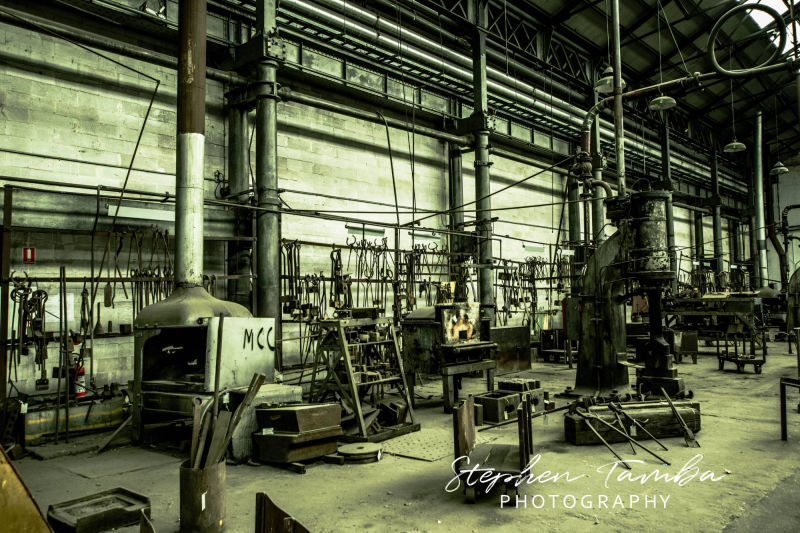
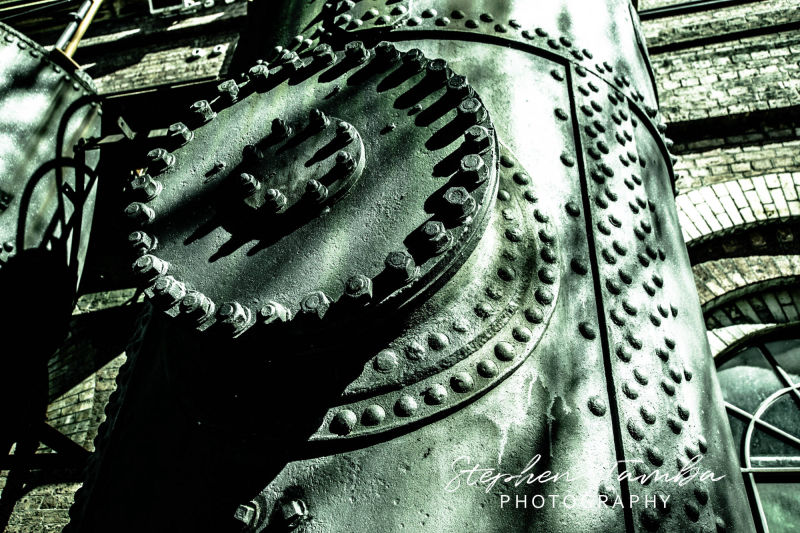
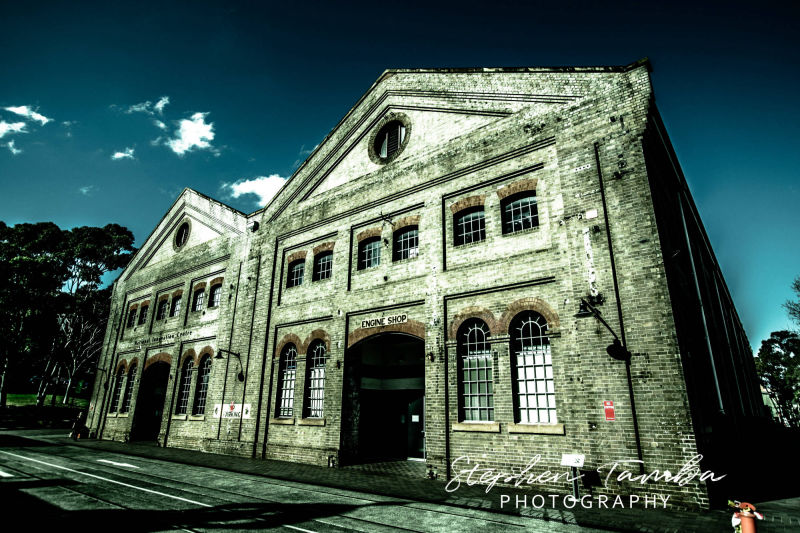
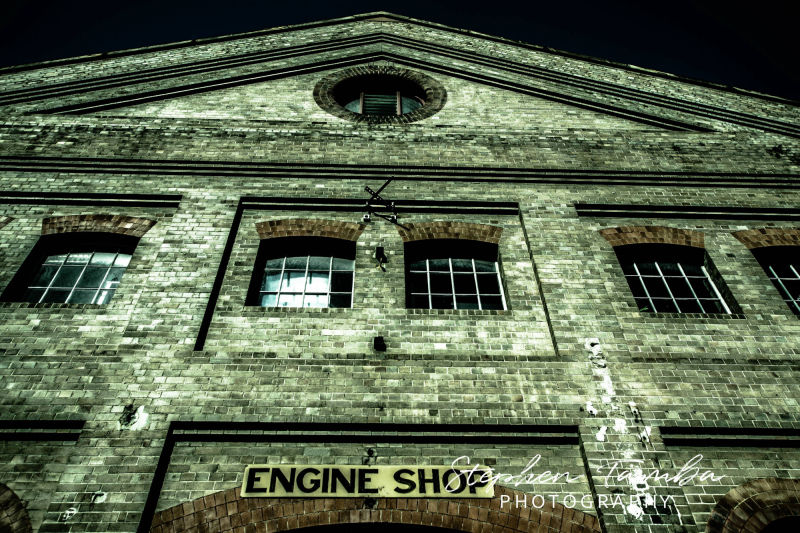

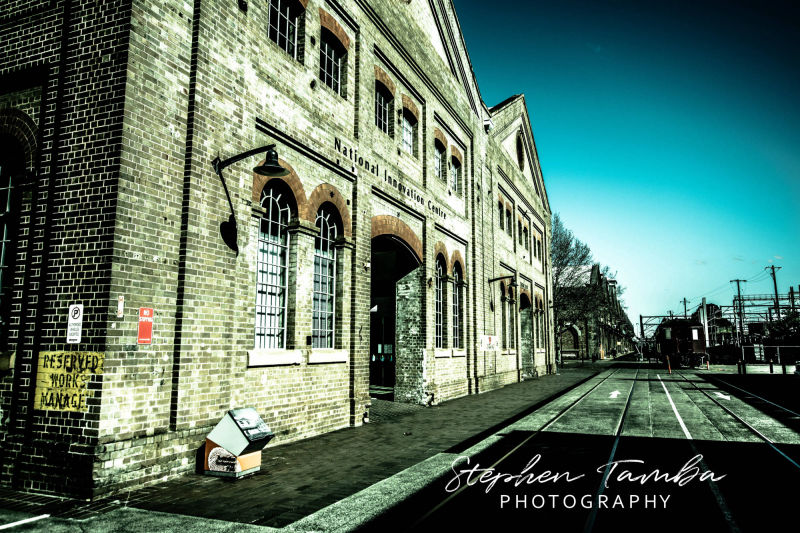
South Eveleigh is home to what was once a large-scale 19th century railway workshop known as the The Eveleigh Railway Workshops. Today, the workshops are one of Australia’s most significant heritage listed sites due to their major contribution towards the establishment, operation and growth of the NSW railways and the greater development of NSW from the 19th century onwards.
The Locomotive Workshops were the heart of the Eveleigh Railway enterprise and were opened in 1887 by the NSW government for the maintenance and manufacture of steam locomotives. Once considered the largest and most technologically advanced workshops in the southern hemisphere, the workshops acted as the primary centre of railway construction in NSW until the opening of Chullora Workshops in 1923.
Although many of the structures do not exist in their original state, the workshops are home to one of the largest and most unique collection of Victorian blacksmith machinery in the world. The workshops maintain their unique character and remain as one of the only living interpretations of the technological, social and cultural developments of the NSW railway operations for the last 100 years.
Eveleigh Railway Workshops consisted 15 Bays featuring:
Bays 1 and 2 – Blacksmith's Shop, 1500T Davy Press, 40cwt double-arch steam drop hammer, a 20cwt heavy steam hammer plus numerous small hammers.
Bays 3, 4 and 4A – Boilermaker's's Shop, with Bay 3 featuring the Heat Treatment Room
Bay 5 – Canteen and Fitting Shop, 1st year apprentice Fitters (Boystown)
Bay 6 – Millwright's Shop
Bays 7 and 8 – Fitting Shop
Bay 9 – Axles and Wheels
Bays 10, 11 and 12 – Machine Shop
Bays 13 and 14 – Tool and Instrument Room
Two of the blacksmith bays within the Locomotive Workshops continue to operate and are inhabited by Eveleigh Works, a blacksmith school dedicated to teaching traditional and contemporary blacksmith techniques to the community. Their courses are open to the public with a focus on hand forging techniques, metal sculpture, knife-making and tool-making.
2017 marked 130 years of blacksmith work on the site.
SOURCE: https://www.environment.nsw.gov.au/heritageapp/ViewHeritageItemDetails.aspx?ID=5045103



























